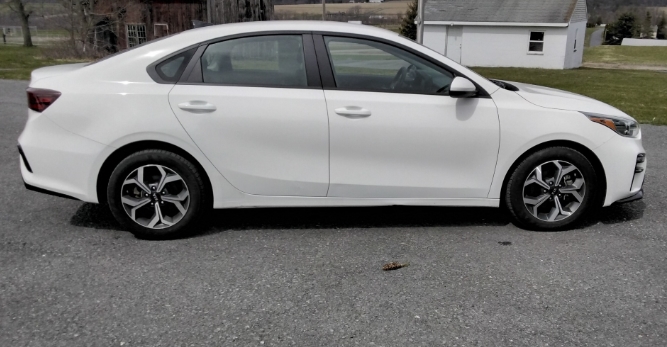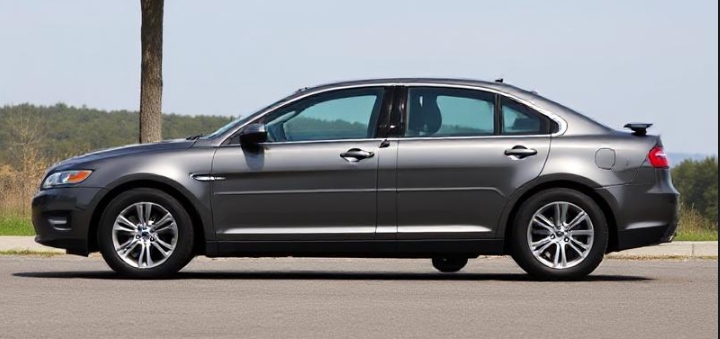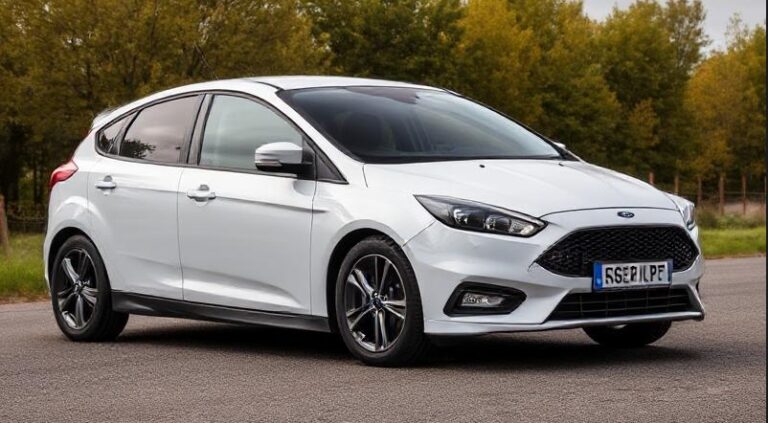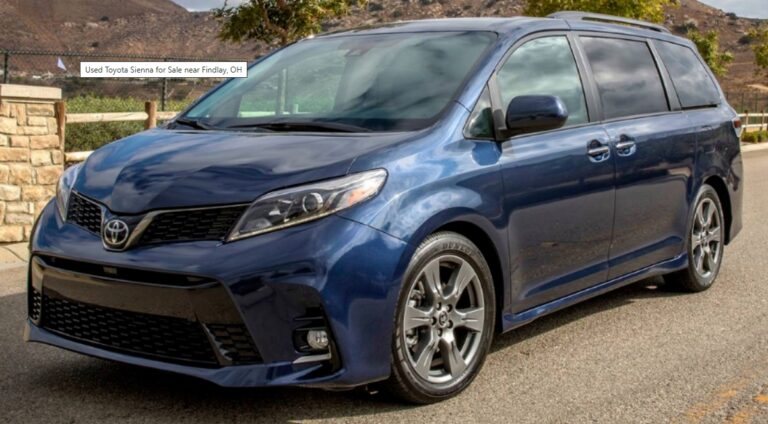The Unlikely Champion: A Comprehensive Evolution of the Kia Forte
In the vast and fiercely competitive world of the compact car, few nameplates have undergone as dramatic a transformation as the Kia Forte. To trace its history is to chart the meteoric rise of the Kia brand itself—from a purveyor of budget-friendly transportation to a globally respected manufacturer of stylish, tech-rich, and genuinely desirable automobiles. The Forte, which replaced the unassuming Spectra, has been the brand’s frontline soldier in this battle, evolving over three distinct generations from a worthy alternative into a class-leading contender. This is the story of its evolution, from its game-changing debut to its current Stinger-inspired form.
First Generation (2010-2013): The Paradigm Shift
The arrival of the 2010 Kia Forte in North America was nothing short of a revolution for the brand. The outgoing Spectra was a competent but forgettable appliance. The Forte was a statement. This was the first mainstream Kia designed under the watchful eye of Peter Schreyer, the famed Audi designer poached by Kia to overhaul its image. His influence was immediately apparent. The Forte introduced the signature “Tiger Nose” grille, a design cue that would soon define the entire Kia lineup. The car’s sharp, creased lines and well-proportioned stance gave it a sophisticated, almost European look that was leagues ahead of its predecessor and much of its competition.
Kia didn’t just bet on style; it delivered a multi-pronged attack on the compact segment by offering three distinct body styles:
- Forte Sedan: The four-door cornerstone of the lineup, aimed directly at the Honda Civic and Toyota Corolla.
- Forte Koup: A sleek and sporty two-door coupe, a rare offering in the segment that added a significant dose of youthful flair.
- Forte5: A practical and stylish five-door hatchback that debuted for the 2011 model year, appealing to buyers needing extra versatility.
The trim level strategy was clear and value-focused, providing a tiered approach to features and performance.
- LX (Sedan): The entry-point. It was powered by a 2.0-liter four-cylinder engine producing a healthy 156 horsepower and 144 lb-ft of torque. It came standard with a 5-speed manual transmission, with a 4-speed automatic as an option. Standard features were basic but included essentials like a four-speaker sound system with USB/auxiliary inputs and Bluetooth connectivity—features often optional on competitors.
- EX (Sedan, Forte5): The volume-seller. It used the same 2.0-liter engine but made the 4-speed automatic standard (a 5-speed auto arrived later). The EX trim added crucial convenience features that moved the car upmarket, such as power windows and locks, keyless entry, cruise control, and steering-wheel-mounted audio controls.
- SX (Sedan, Koup, Forte5): The performance-oriented trim. The SX was upgraded to a more powerful 2.4-liter four-cylinder engine, churning out 173 horsepower and 168 lb-ft of torque. It came standard with a 6-speed manual transmission, with an optional 5-speed automatic. To complement the power, the SX featured a sport-tuned suspension, larger 17-inch alloy wheels, a more aggressive front fascia, sport cloth seats, and a leather-wrapped steering wheel and shift knob.
The first-generation Forte successfully accomplished its mission. It proved that Kia could build a car that was not only affordable but also stylish, well-equipped, and enjoyable to drive. It put the established Japanese giants on notice and laid the foundation for everything that was to come.
.
THIS is GOOD stuff if your car is in need:

.
Second Generation (2014-2018): Maturity Through Refinement and Technology
Building on the first generation’s success, the second-generation Forte arrived for the 2014 model year with a newfound sense of confidence. The design evolved, softening the hard creases of its predecessor in favor of a more fluid, elegant, and upscale appearance. The car was longer, lower, and wider, giving it a more planted and premium stance. The Tiger Nose grille was reinterpreted, and the overall aesthetic felt more mature and cohesive.
The Koup and Forte5 hatchback models returned alongside the sedan, though the Koup’s days were numbered as market tastes shifted away from two-door cars (it was discontinued after 2016). This generation’s primary focus was on elevating the interior experience and integrating modern technology. The cabin materials saw a significant upgrade, with more soft-touch surfaces and a driver-centric dashboard layout. This was also the generation where Kia’s UVO infotainment system came into its own, offering a user-friendly interface and connected services.
The powertrain lineup was completely overhauled to prioritize efficiency and performance where it mattered most.
- LX (Sedan): The base model now featured a more efficient 1.8-liter four-cylinder engine making 145 horsepower, paired with either a 6-speed manual or a 6-speed automatic transmission.
- EX (Sedan, Forte5): This popular trim received a significant upgrade to a new 2.0-liter engine with gasoline direct injection (GDI), boosting output to a robust 173 horsepower—the same as the previous generation’s top-tier SX model. This engine was exclusively paired with a 6-speed automatic. The EX became the sweet spot, offering available features like heated leather seats, a sunroof, and navigation.
- SX (Koup, Forte5): The performance mantle was taken up by a new, exciting engine: a 1.6-liter turbocharged GDI four-cylinder. This potent powerplant delivered 201 horsepower and 195 lb-ft of torque, turning the Forte SX into a legitimate “warm hatch” and coupe. It could be paired with either a 6-speed manual for enthusiasts or a 6-speed automatic with paddle shifters. The SX models also benefited from a more sophisticated suspension setup and larger front brakes.
A significant mid-cycle refresh for the 2017 model year kept the Forte competitive. It brought updated front and rear styling, including new headlights and taillights. More importantly, it introduced Apple CarPlay and Android Auto compatibility, which quickly became a must-have feature for buyers. Advanced driver-assistance systems also became available, including autonomous emergency braking, blind-spot detection, and rear cross-traffic alert. This generation solidified the Forte’s reputation as a tech-forward vehicle that offered premium features at a mainstream price.
Third Generation (2019-Present): A Bold New Identity
The debut of the third-generation Forte for the 2019 model year marked its most dramatic and ambitious evolution yet. Kia, now brimming with confidence from the success of its halo car, the Stinger sports sedan, imbued the humble Forte with the spirit and style of its celebrated sibling. The sedan’s design shifted to a “fastback” silhouette, with a long hood and a short, sloping rear deck that gave it an incredibly sporty and dynamic profile.
This generation saw a consolidation of the lineup. With the Koup already gone, the Forte5 hatchback was discontinued for the U.S. market (though it remains a popular choice in Canada and other regions), leaving the sedan to carry the nameplate forward. The interior saw another massive leap forward, featuring a clean, horizontal dashboard layout dominated by a standard 8-inch touchscreen infotainment system, emulating designs from luxury German brands.
The trim structure was also revised to offer a clearer distinction between efficiency, comfort, and performance.
- FE: The new base trim, with “FE” standing for Fuel Economy. It’s powered by a new, highly efficient 2.0-liter four-cylinder engine running on the Atkinson cycle, producing 147 horsepower. Its primary mission is to achieve maximum MPG, aided by Kia’s new Intelligent Variable Transmission (IVT), a chain-driven CVT designed to feel more like a traditional automatic. A 6-speed manual was briefly available.
- LXS: A step up from the FE, the LXS adds popular features like 16-inch alloy wheels, upgraded interior trim, and different drive modes, making it a more appealing value package.
- GT-Line: Capitalizing on a popular industry trend, the GT-Line offers the aggressive, sporty appearance of the top-tier performance model but with the standard, fuel-efficient 2.0-liter engine and IVT. It includes a sport grille, side sills, a rear spoiler, 17-inch graphite-finish alloy wheels, and a sport-themed interior with a flat-bottom steering wheel and contrast stitching.
- EX: This trim leans towards comfort and luxury. It builds upon the LXS with features like heated and ventilated front seats, premium synthetic leather upholstery (Sofino), dual-zone automatic climate control, and additional advanced safety features.
- GT: The true spiritual successor to the old SX Turbo. The GT is the pinnacle of Forte performance, bringing back the celebrated 1.6-liter turbocharged engine with its 201 horsepower and 195 lb-ft of torque. Crucially, it offers a choice between a 7-speed dual-clutch automatic transmission (DCT) or a 6-speed manual. The GT’s biggest upgrade, however, is mechanical: it replaces the standard torsion-beam rear axle with a sophisticated multi-link rear suspension, drastically improving handling dynamics and ride comfort. Larger brakes and a sport-tuned dual exhaust system complete the performance package.
The third generation received a cosmetic and technological refresh for the 2022 model year. This included Kia’s new corporate logo, restyled front and rear bumpers, new wheel designs, and the availability of a larger 10.25-inch widescreen navigation display. The suite of standard and available “Drive Wise” safety features was also expanded, adding capabilities like Highway Driving Assist.
From a humble challenger to a confident leader, the Kia Forte’s evolution mirrors the incredible journey of its parent brand. It began by changing perceptions with standout design, then solidified its position with technology and refinement, and has now blossomed into a car that competes at the highest level on style, features, and driving excitement. The Forte is no longer just a good value; it is, in every sense, a great compact car.







